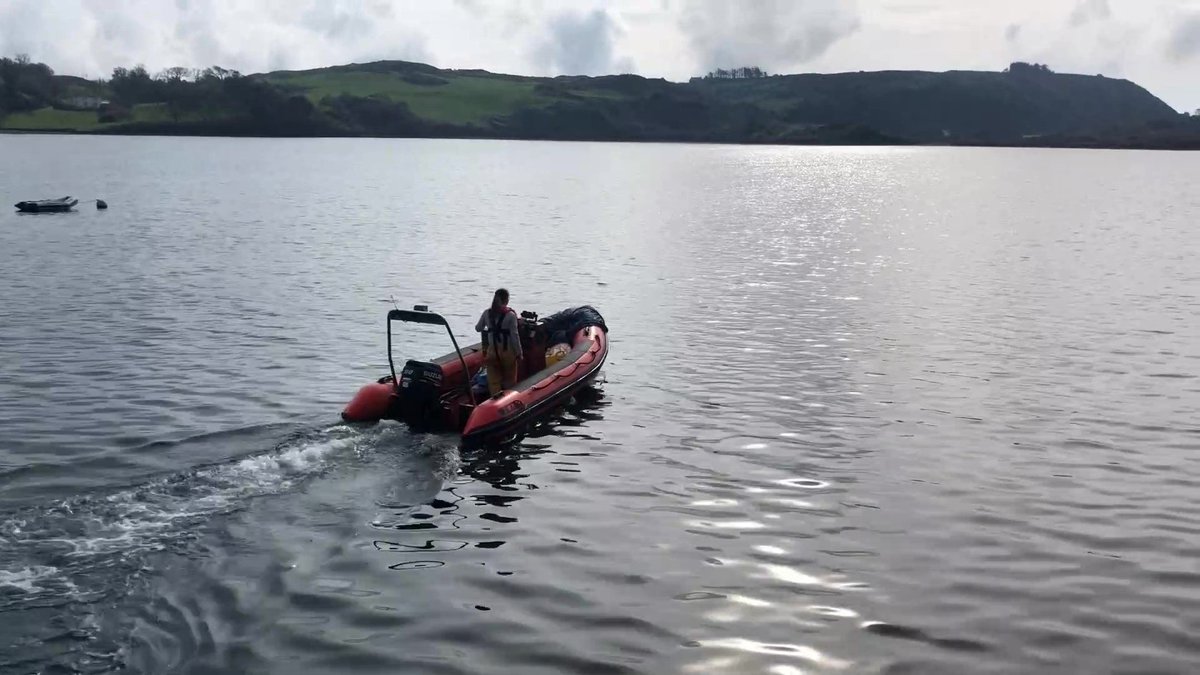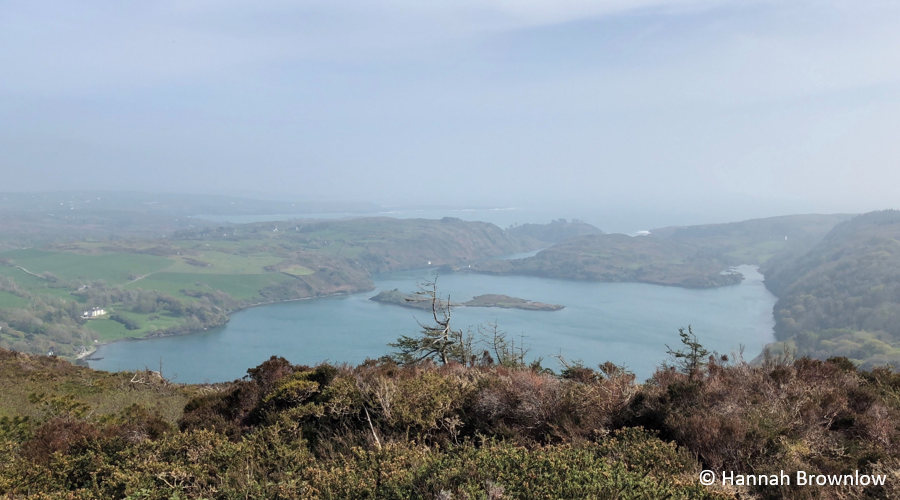
1/ Hello again, by now you’re all familiar with #plankton and why we should care about it. Before we go any further, I’m going to take us back to look at the history of plankton research. How did we learn all we did about plankton? Our 🧵starts back in the 1816. #ScienceWeek2022
2/ The story of plankton research begins in Cobh, Co. Cork. A British Naval Officer John Vaughan Thompson was posted to Cork where he discovered barnacle larvae exist in the plankton as ‘cyprids’ and were in fact crustaceans and not molluscs as they had been previously classified 

3/ He also discovered that the larvae of crabs and lobsters lived in the plankton as well as ‘zoea’ and underwent a metamorphosis into their adult form. The naturalist community at the time did not agree with his assertions, and classified zoea as separate organisms entirely 







4/ Crucially, John Vaughan Thompson was the first person to consistently use a plankton net from 1816 onwards. He designed a net which “is a hoop of stout wire 8 or 10 inches wide, with a taper bag of thin muslin about 18 inches deep” 

5/ He used to throw this net off the back of the ferry from Passage to Cobh, taking a plankton sample across Cork harbour and later examining what he found in the mesh of this net. Detailed notes of his life and work can be found here doi.org/10.1163/193724…
6/ After Thompson, Charles Darwin was the second person recorded to have used a plankton net. He brought it with him on his voyage of the Beagle in 1832. See the sketch below from Darwin’s diary
source: darwin-online.org.uk/content/frames…
source: darwin-online.org.uk/content/frames…

7/ It seems to be based on a net described to him by John Coldstream, however, it is possible that he was aware of John Vaughan Thompsons net through Robert Edmond Grant. Darwin also towed his net horizontally behind his ship.
8/ He noted “Many of these creatures so low in the scale of nature are most exquisite in their forms & rich colours. — It creates a feeling of wonder that so much beauty should be apparently created for such little purpose."
9/ After Darwin, the next serious planktologist in our story is Victor Hensen. He was the first person to use the term ‘plankton’ in 1887 to describe all the matter drifting in the sea. He described phytoplankton as “life blood of the sea”. 

10/ He wanted to quantify plankton but found he could not do it with the horizontal plankton net Darwin and Thompson had used. He designed his own net, which is still in use today, which could be used to take a sample vertically through the water column
doi.org/10.1093/plankt…

doi.org/10.1093/plankt…


11/ Then based on the net diameter and how deep the net was lowered to in the water, the volume filtered could be calculated. This could be used then to calculate the concentration of plankton. Hensen was the first to set about quantifying the amount of plankton in the oceans.
12/ In 1889 after a voyage all around the Atlantic, he incorrectly suggested that plankton was distributed evenly throughout the oceans. Ernest Haeckel was the first person to berate Hensen’s claims. And this brings us nicely to the next person in our story
13/ Ernest Haeckel was a German naturalist who coined several terms in biology, such as ecology, phylum and phylogeny. He discovered thousands of new species but his legacy is really seen in his beautiful artwork of many planktonic creatures. 







14/ Then we have Sir Alistair Hardy. Hardy is one of the most significant names in plankton research for his development of the continuous plankton recorder (CPR). The CPR is the world’s longest running marine survey and has provided data for hundreds of research articles. 

15/ It was during his time at Oxford, where he obtained a scholarship to go to the Stazione Zoologica at Naples for 6 months in 1920, that he was first introduced to marine plankton. He subsequently took a job as an assistant naturalist looking into plankton-fisheries dynamics. 

16/ In March 1922, while on a research cruise he made a discovery that would eventually lead him to his development of the CPR. He sampled one station every 6 hours across a day, and found that the samples were more different at different times than between different stations.
17/ This experience convinced him that large areas needed to be sampled quickly in order to obtain an accurate depiction of the distribution of plankton. The CPR was not developed right away but a few years later in 1924.
18/ In 1924 he joined the Discovery expedition to the Southern Ocean. It was in preparation for this voyage that he developed the CPR. The CPR is a torpedo shaped device towed at the back of ships of opportunity.
19/ There is an opening which allows water to flow through it, and a fine silk mesh which catches plankton on it. It has been in regular use since 1931 and has been towed an incredible 7 million nautical miles, translating to 320 circumnavigations of the earth!
20/ Today, roughly 250,000 samples from the CPR have been analysed and have contributed to some sentinel scientific research. It was analysis of CPR data that confirmed the rise of plastic pollution in the ocean and led to Prof Richard Thompson coining the term ‘microplastics’ 

21/ Long term datasets like this are incredibly important in marine research. Many changes related to climate change and pollution can only be seen on decadal time scales. Thus, the CPR and its creator Alistair Hardy are invaluable to plankton research.
doi.org/10.1093/plankt…
doi.org/10.1093/plankt…
22/ If you want to learn more about the CPR and the impact it has had to the study of plankton and marine biology in general, I recommend this review: doi.org/10.1016/j.poce…
23/ Today, there are many different ways to study plankton - from using traditional plankton nets and the CPR survey to environmental DNA analysis and even using video footage and remote sensing.
24/ My own research group published a paper on this topic in 2020. @Aidan_Long_ @damien_haberlin and @tomkdoyle looked into the efficacy of a new plankton sampler in sampling delicate gelatinous zooplankton: doi.org/10.1002/lom3.1…
24/ There are of course many important researchers I haven’t mentioned here. But if you are interested you can look into Sheina Marshall, Frederik Stratten Russell, Maude Delap (a Kerry native) and Yoshine Hada.
25/ That’s all for tonight. Join me again tomorrow where I’ll introduce you to my own research: how I take my plankton samples, where I do this and why.
#ScienceWeek2022 #plankton
@MaREIcentre @uccBEES @MariaMcGuinne11
#ScienceWeek2022 #plankton
@MaREIcentre @uccBEES @MariaMcGuinne11
• • •
Missing some Tweet in this thread? You can try to
force a refresh


















